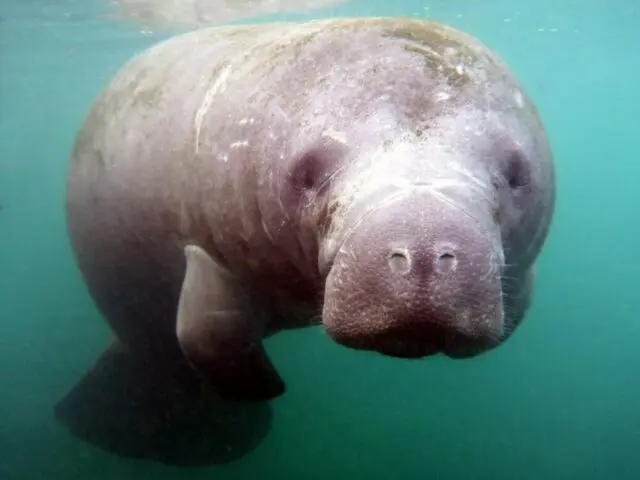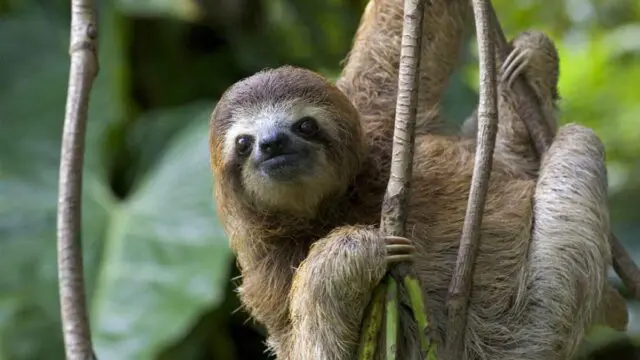Just as the two- and three-fingered sloth has been protected and proudly taken into account as a national symbol and an example for other nations, today in Costa Rica they also seek to protect the manatee, which is in danger of extinction.
It was recently learned that the Manatee Conservation program of the Costa Rica Wildlife Foundation (CRWF) www.costaricawildlife.org, has a plan to protect the manatee, which has been the national symbol of the Central American country for almost 9 years and is a species threatened by illegal fishing and pollution.
At the northern end of the Costa Rican Caribbean is the Barra del Colorado community and the Foundation that for three years has identified the key feeding, transit and threat points of local manatee populations.
The purpose of Costa Rica Wildlife foundation is that all those populations of wild animals prevail and, therefore, they take care of the health of their habitat with actions based on conservation and sustainability.
Manatee Conservation of the Costa Rica Wildlife Foundation, has developed an environmental education program with the children of the community which they called Club Manatí, currently made up of 17 members.

According to a study…
In the Barra del Colorado Wildlife Refuge, a study was prepared that currently reveals that the main threats that affect the manatee are collisions with motor boats, illegal fishing that traps young individuals in trammel nets, and sedimentation and erosion of the soil from the riparian forests, due to the felling of trees and cattle ranching.
In this way, the collision with motor boats represents the main threat to manatee populations and is one of the main causes of their mortality. To protect the manatee, the authorities placed four preventive signs in the lagoons and rivers most used by the species, since these spaces also coincide with the main boat transit routes.
It is worth noting that the investigations and the closest approach to the species have been made in Barra del Colorado because the community is identified as having a greater number of Manatees in the surrounding waters.
About the Manatee
The manatee Trichechus Manatus, is the only marine herbivorous mammal that exists, it feeds on aquatic plants and is important for the ecosystem because it maintains sea grass and generates a balance. In addition, helping to capture blue carbon, vital for the fight against the climate crisis.
As we mentioned, in 2014 the Manatee was declared a national symbol of Costa Rica and was considered one of the most endangered species that inhabits the Caribbean Wetland in the Northeast of the country.
Precisely, the International Union for Conservation of Nature (IUCN) was the one that reported the species is in danger of extinction, for this reason scientists have asked the State to promote the protection of the Manatee through both public and private teams. The proposal for the Manatee to be a national symbol was supported by 45 deputies in a second debate.
In Costa Rica, the bodies of manatees can be three meters long and weigh almost a ton. They live in the brackish waters of Barra del Colorado and the mixed waters of Tortuguero, where they feed on plants that grow on the shores.
Despite the fact that these specimens live in protected areas, they are not exempt from threats from the agrochemicals carried by the rivers and the boats that transit through the canals.
The sloth is also protected…
The Sloth is the sixteenth national symbol of Costa Rica, thanks to the unanimous decision (file No. 22,167) of the deputies of the Third Full Commission of the Legislative Power, in order to protect its habitat and ensure the conservation of the species Choloepus hoffmanni (two-toed sloth) and Bradypus variegatus (three-toed sloth).
Finally, the Instituto Costarricense de Turismo said that the image of the sloth be used in publicity campaigns, locally and internationally, so in other countries when seeing a sloth they can immediately identify it with Costa Rica.


